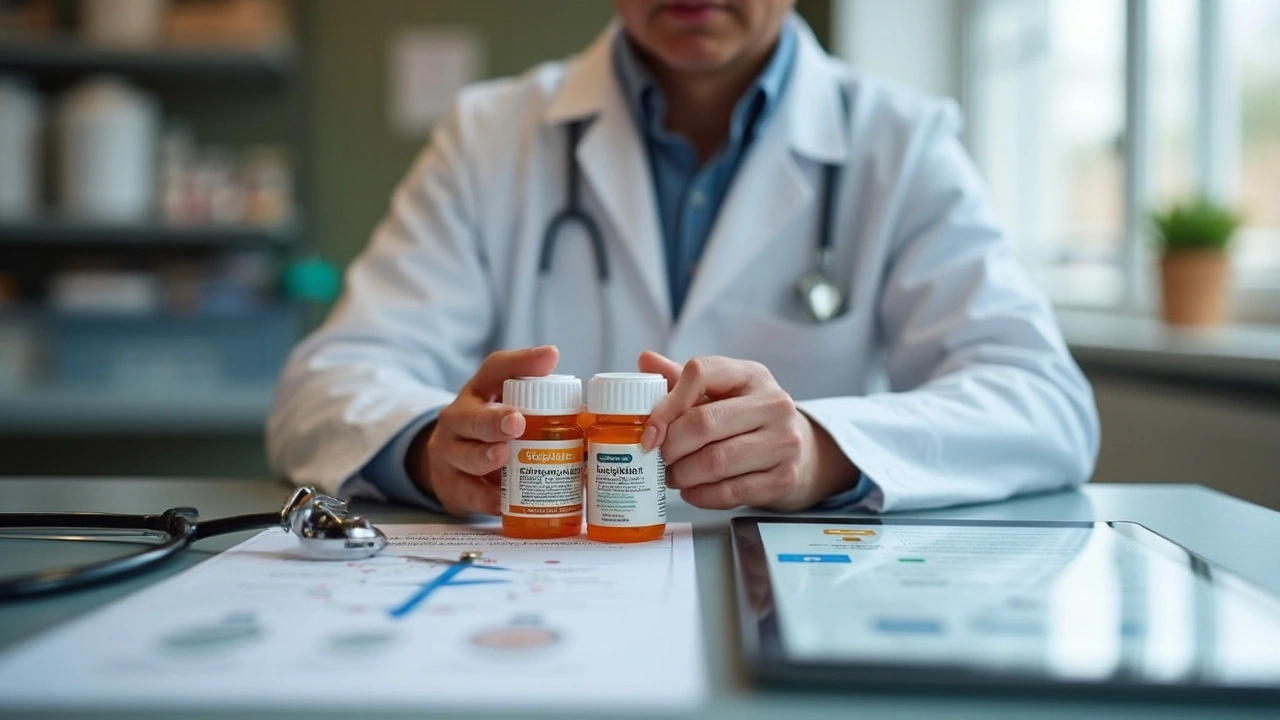What Is MRSA and Why Should You Care?
MRSA stands for methicillin‑resistant Staphylococcus aureus, a type of bacteria that won’t respond to many common antibiotics. It’s not some exotic lab monster – it shows up in hospitals, gyms, schools, and even at home. If you get a cut that gets red, swollen, or oozes pus and isn’t healing, MRSA could be the culprit.
How Does MRSA Spread?
The bacteria love warm, moist places. Touching a contaminated surface – think locker room benches, shared towels, or medical equipment – then touching your nose or a wound can pass it on. It also spreads through skin‑to‑skin contact, especially when someone has an open sore. That’s why athletes and healthcare workers see more cases.
Good news: you don’t have to live in fear. Simple habits break the chain of transmission. Wash your hands with soap and water for at least 20 seconds, use alcohol‑based sanitizer if soap isn’t handy, and keep wounds covered with clean dressings.
Preventing an MRSA Infection
First, keep personal items to yourself – no sharing towels, razors, or gym gear. If you’re at the gym, wipe down equipment before and after use. In hospitals, ask staff about their cleaning procedures; most facilities now follow strict protocols for MRSA.
If you notice a cut that’s getting worse, don’t wait it out. See a doctor early – they can take a swab to confirm if it’s MRSA and prescribe the right medication. Because regular antibiotics won’t work, doctors often turn to drugs like linezolid, daptomycin or trimethoprim‑sulfamethoxazole.
Another tip: keep your immune system strong. Eat balanced meals, stay active, get enough sleep, and manage chronic conditions like diabetes. A healthy body is less inviting for stubborn bugs.
Treatment Options You Should Know
If you’ve been diagnosed with an MRSA skin infection, most cases are treated at home with oral antibiotics that the bacteria haven’t resisted yet. Your doctor will give you a clear dosage schedule – follow it exactly and finish the whole course even if you feel better.
Severe infections, especially those that spread to blood or organs, may need IV antibiotics in a hospital. In some cases, doctors drain abscesses surgically; removing pus helps antibiotics work faster.
Research is always looking for new solutions. Recent studies show promising results with newer drugs like ceftaroline and combination therapies. While these aren’t first‑line treatments yet, they give hope for tougher cases.
What to Do If You Suspect MRSA
Spot a red, painful bump that’s not healing? Clean it gently with mild soap, apply a clean bandage, and contact your healthcare provider. Don’t self‑prescribe antibiotics – the wrong one can make the infection stronger.
While waiting for an appointment, keep the area covered, avoid squeezing or picking at it, and wash your hands after any contact.
MRSA might sound scary, but with the right knowledge you can lower the risk dramatically. Practice good hygiene, act fast when a wound looks off, and stay in touch with medical professionals for the best care.
Ever wondered why your doctor sometimes picks clindamycin instead of Keflex? It's all about MRSA risk and when anaerobic coverage really matters. This article unpacks the nitty-gritty decision-making tools docs use, practical facts about each drug, when it's smart (or risky) to switch, and much more. Find actionable info to help understand your treatment options, complete with a handy resource for alternatives.


 Medications
Medications